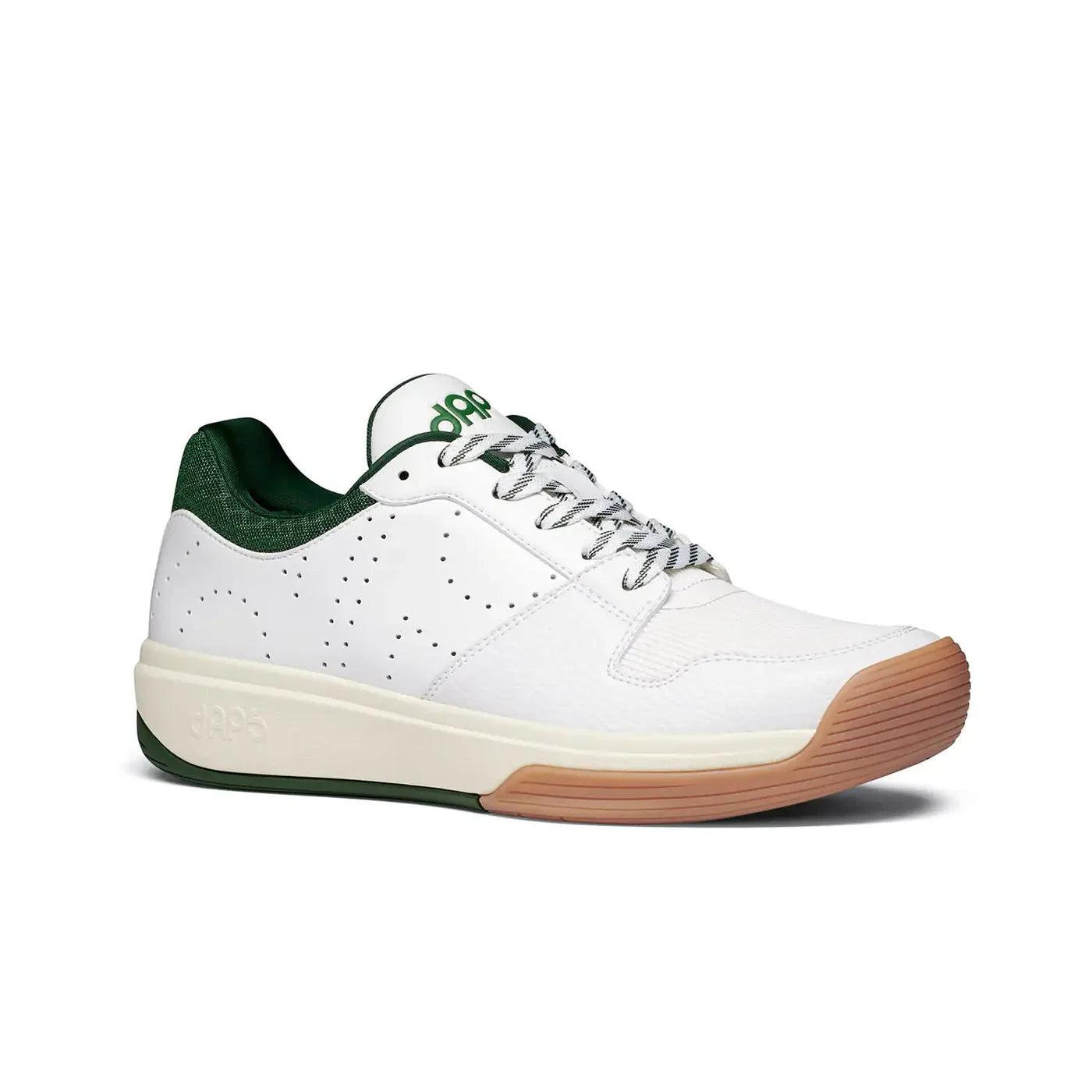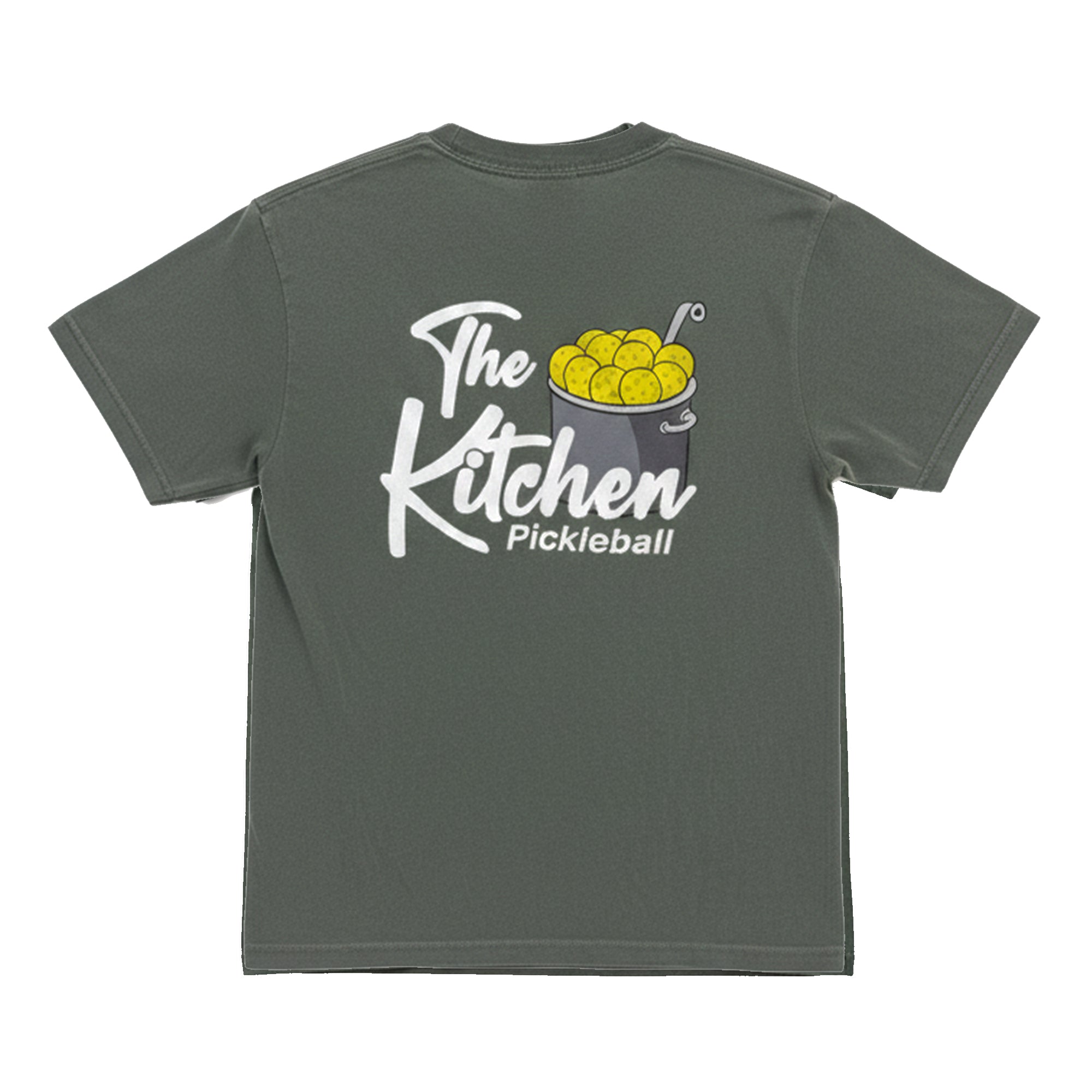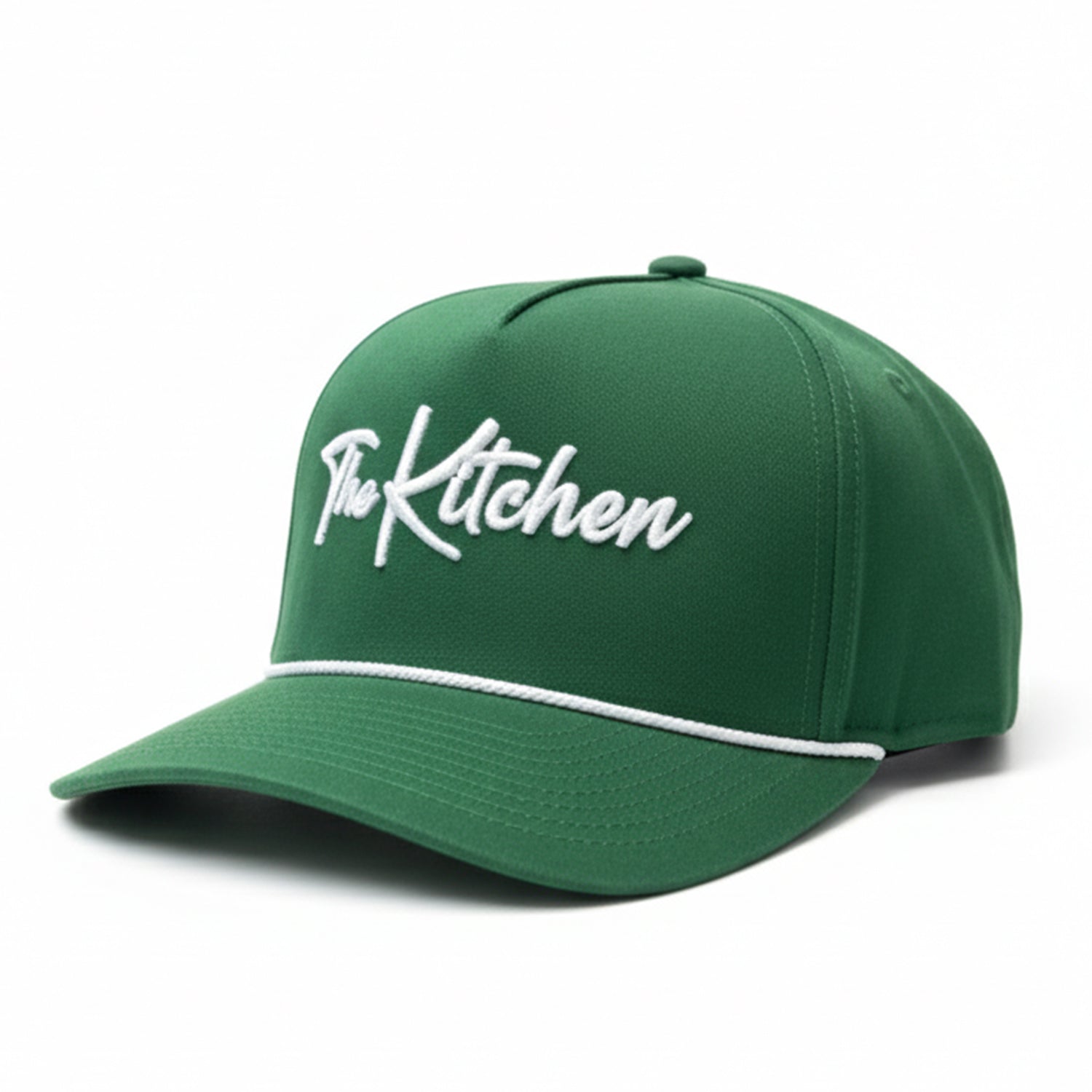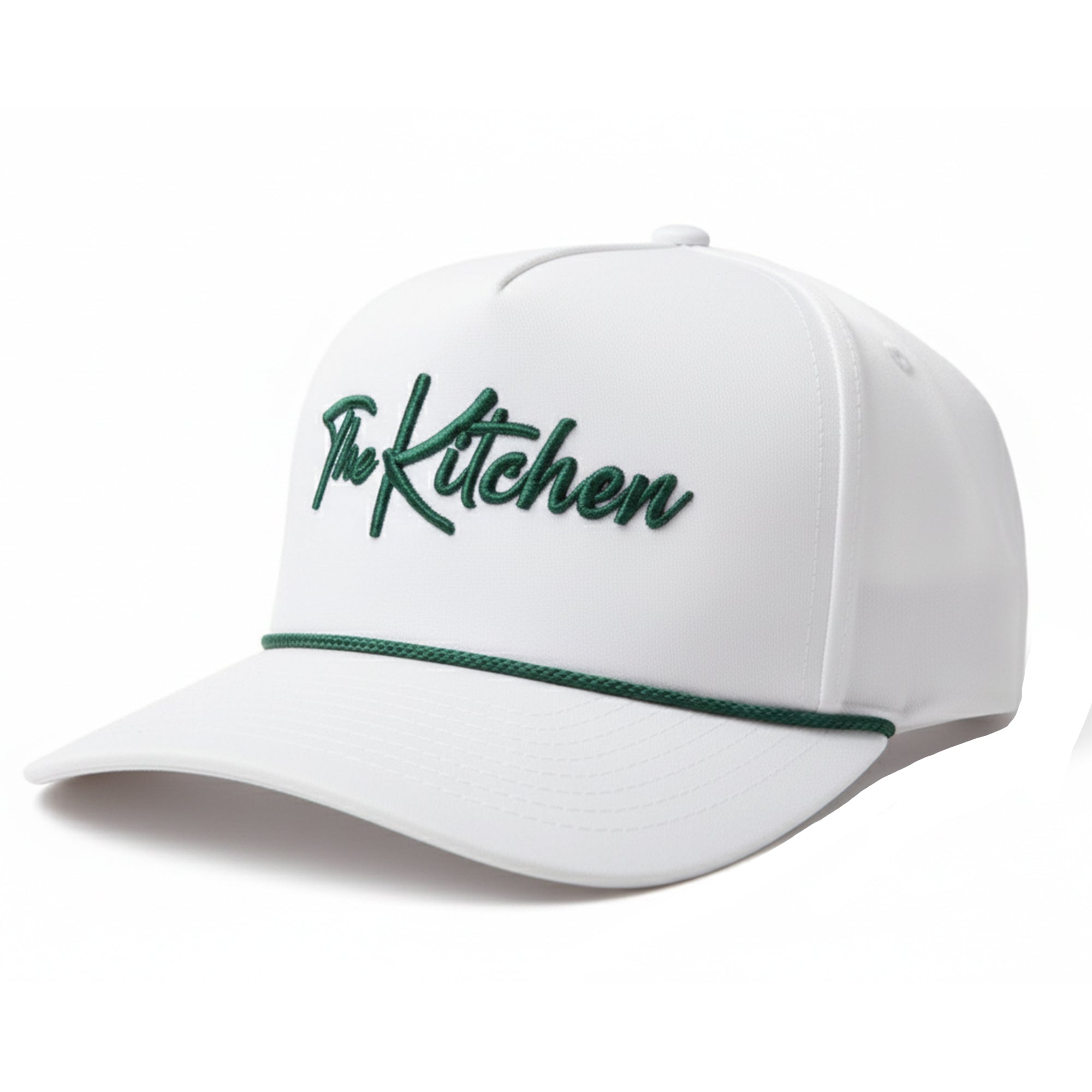How to practice dinking in pickleball: A foolproof guide for consistency and control
Last Edited
Jan 14 2025
Category
Instruction
Mastering the dink is the foundation for dominating in pickleball, not because the sport is slow, but because it's all about shot selection and placement.
If you're new and want to work on dinking, you shouldn't just hit the ball back and forth. There are many types of dinks to use in different situations, and the sooner you can familiarize yourself with them, the better.
Why is dinking so important?
Before we jump into the how, let’s address the why.
A dink is a soft, controlled shot designed to land in your opponent’s kitchen. It’s a finesse move that slows the game down, forces errors and sets you up to attack when the moment is right.
In pickleball, patience and control often trump power, and the dink is the great equalizer that rewards smart play over brute force.
Without a solid dink game, you’ll:
- Pop balls up, leaving yourself open to attacks.
- Struggle to control the pace of rallies.
- Miss opportunities to exploit your opponent’s weaknesses.
Step 1: Warming up dinks the right way
Most recreational players mess this up. They start warming up their dinks but quickly escalate to harder shots, turning the warm-up into a game of “who has faster hands.”
Bad move. Warming up isn’t about winning; it’s about calibrating touch, control and consistency.
Likewise, as stated above, you shouldn't just exercise one style of dink (cross court, straight ahead, out-of-the-air, etc.) and think you're properly warmed up.
Here’s how to warm up dinks like a pro:
Start Slow and Controlled: Position yourself at the non-volley zone (NVZ) line and focus on hitting soft, short dinks that land just over the net in your opponent’s kitchen.
Aim for 10+ Consecutive Dinks: Challenge yourself and your partner to maintain a rally where every ball lands in the kitchen. If you miss, start over.
Take Balls Out of the Air: Whenever possible, hit your dinks out of the air instead of letting them bounce. This keeps you on the offensive and maintains your positioning at the kitchen line.
Stay Balanced: Keep your knees slightly bent, with your paddle up and weight centered. This position gives you control and agility to react quickly.
Pro Tip: If you find yourself drifting back from the kitchen line, place cones or markers 18 inches behind the line as a barrier. Your goal is to maintain your position at the line while dinking.
Step 2: Cross-court
Once you’ve mastered straight-on dinks, it’s time to level up with cross-court dinking.
This technique not only increases the distance your opponent has to cover but also gives you a better angle to exploit their weaknesses. It’s a powerful weapon when used correctly.
What Is a cross-court dink?
A cross-court dink is a soft shot angled diagonally into your opponent’s kitchen.
The longer trajectory gives you more room for error while forcing your opponent to move laterally — a key strategy for creating opportunities to attack.
How to execute:
Position and Paddle Grip: Stand at the NVZ line with your knees bent and use a continental grip (paddle face slightly open).
Strike while the ball is descending: Wait for the ball to drop from its highest point and gently push it forward with a smooth motion. No swinging! The paddle face should guide the ball to your desired spot.
Aim for the Sideline: Target the far edge of your opponent’s kitchen to force them out of position. Keep the ball low.
Common cross-court dinking mistakes (and fixes):
Hitting too high: Allows your opponent to attack. Focus on a soft, linear push with your paddle above your wrist.
Overusing the Wrist: Creates inconsistency. Keep your wrist firm and rely on your shoulder and forearm for control.
Being Predictable: Mix it up. Alternate between wide cross-court and middle dinks to keep your opponent guessing.
Poor footwork: You can find our in-depth footwork tutorial here, but the gist is this: If you aren't able to take a cross-court dink out of the air, your first move should be with your inside foot, shuffling it slightly forward and toward the outside of the court. Many players move their outside foot first, which often results in off-balanced shots.
Step 3: Drills to build consistency
You won’t master dinking by just playing games. You need dedicated practice. Here are three drills to improve your dinks:
Maintain position drill
- Place cones or chalk 18 inches behind the NVZ line.
- Practice hitting dinks without stepping back.
- Focus on taking balls out of the air and keeping your paddle in front of your body.
Forehand-first drill
- Play a mini-game where you score points by forcing your opponent to use their backhand.
- Subtract points every time you use your own backhand unnecessarily. This will train you to prioritize forehand positioning for greater control.
Depth and pattern drill
- Set up small targets (like cones) in your opponent’s kitchen: one closer to the net and one near the back of the NVZ.
- Alternate your dinks between the two targets, practicing depth control. Add lateral movement for more challenge.
Always drill with a purpose. Whether it’s consistency, accuracy, or placement, set a clear goal for each session.
Related: Pickleball footwork: Unlock better dinks with this subtle move
Step 4: Advanced dink techniques
Once you’ve got the basics down, it’s time to add layers to your game. Here’s how to elevate your dinking:
Incorporate spin: Use a slightly open paddle face and a soft downward motion to add backspin. This makes the ball stay low and harder to return.
Change speeds: Vary the pace of your dinks to disrupt your opponent’s rhythm. Mix fast, aggressive dinks with slow, soft ones.
Transition to attacks: If you’ve pulled your opponent out of position with a cross-court dink, transition to a speed up or lob to put them on the defensive.
Step 5: Game simulation
The final step in mastering dinking is applying your skills in real-game situations. Here’s how:
Set Goals: During games, aim for 20 consecutive dinks or 5 successful cross-court dinks per match.
Reflect and Adjust: After each game, review your performance. Were your dinks consistent? Did you force errors? Use these insights to refine your technique.













